Metric and Morphological Variation of the Precolumbian Populations of Colombia. About the Early Peopling of America
Keywords:
Eastern Andes, Colombia, craniometry, nonmetric traits, odontometry, dental morphological traitsAbstract
The morphology of early paleoamericans of the New World is characterized by a long, narrow and height cranial vault, and a big size of teeth, whereas the amerinds (more recent indians) exhibit a shorter and wider cranial vault and more little teeth. Two hypotheses have been proposed: (a) As the result of two different migrations, in the final Pleistocene from Southeast of Asia by population remarkable similar to modern Australo-Melanesian, and by a later Holocene migration from Northeast Asia with mongoloid morphological pattern; (b) by the result of local genetic diversification. We evaluated these hypotheses by the multivariate analysis of craniometrical, odontometrical and morphological traits from skull and
teeth of 19 pre-Columbian groups of Colombia.
Both quantitative craniometrical and odontometrical
techniques generated convergent results.
Downloads
References
Balter, Michael. 2015. “New Mystery for Native American Origins”. Science 349 (6246): 354-355.
Bolnick, Deborah A. et al. 2014. “Ancient DNA from Early to Mid-Holocene Burials in Northwestern Argentina: Implications for Understanding the Colonization and Early Population History of South America”. American Journal of Physical Anthropology 153 (S58): 81.
Cardale, Marianne y Paul de Paepe. 1990. “Resultados de un estudio petrológico de cerámicas del periodo Herrera, provenientes de la sabana de Bogotá y sus implicaciones arqueológicas”. Boletín del Museo del Oro 27: 99-119.
Cárdenas, Felipe. 2002. Datos sobre la alimentación prehispánica en la sabana de Bogotá, Colombia. Informes Arqueológicos 3. Bogotá: Instituto Colombiano de Antropología e Historia.
Castillo, Helia. 1981. “Craneología indígena de Venezuela”. Estudios de Antropología Biológica 1: 263-327.
Chatters, James C. 2000. “The Recovery and First Analysis of an Early Holocene Human Skeleton from Kennewick, Washington”. American Antiquity 65 (2): 291-316.
Chatters, James C. et al. 2014. “Late Pleistocene Human Skeleton and mtDNA Link Paleoamericans and Modern Native Americans”. Science 344 (6185): 750-754.
Cocilovo José A. et al. 2001. “El proceso microevolutivo de la población nativa antigua de Arica”. Chungara. Revista de Antropología Chilena 33: 13-20.
Cocilovo, José A. y Ricardo A. Guichón. 2000. “La variación geográfica y el proceso de microdiferenciación de las poblaciones aborígenes de Patagonia Austral y de Tierra del Fuego”. Chungara. Revista Chilena de Antropología 15: 9-28.
Conner, Michael D. 1990. “Population Structure and Skeletal Variation in the Late Woodland of West-Central Illinois”. American Journal of Physical Anthropology 82: 31-43.
Correal, Gonzalo. 1990. Aguazuque. Evidencias de cazadores, recolectores y plantadores en la altiplanicie de la cordillera Oriental. Bogotá: FIAN, Banco de la República.
Correal, Gonzalo y Thomas van der Hammen. 1977. Investigaciones arqueológicas en los abrigos rocosos del Tequendama. 12.000 años de historia del hombre y su medio ambiente en la altiplanicie de Bogotá. Bogotá: Biblioteca Banco Popular.
Correal, Gonzalo y María Pinto. 1983. Investigaciones arqueológicas en el municipio de Zipacón, Cundinamarca. Bogotá: FIAN, Banco de la República.
Cucina, Andrea et al. 2003. “Las poblaciones caribeñas desde el tercer milenio a. C. a la conquista española: las filiaciones biológicas desde la perspectiva antropológica dental”. Estudios de Antropología Biológica 11 (2): 913-927.
Cui, Yinqiu et al. 2013. “Ancient DNA Analysis of Mid-Holocene Individuals from the Northwest Coast of North
America Reveals Different Evolutionary Paths for Mitogenomes”. Plos One 8 (7): e66948.
Díaz, Marcela et al. 2014. “Molecular Characterization of Early to Mid-Holocene Skeletal Human Remains Belonging to Checua Culture from Colombia – South America”. The 22nd Annual Meeting of the Society for Molecular Biology and Evolution (SMBE), 8-12 de junio de 2014.
San Juan, Puerto Rico. www.smbe.org/annual/2014.
Fernández de Oviedo, Gonzalo. [1526] 1996. Sumario de la natural historia de las Indias. México: Fondo de Cultura Económica.
González, Rolando et al. 2003. “Craniometric Evidence for Paleoamerican Survival in Baja California”. Nature 425: 62-65.
González, Rolando et al. 2008. “The Peopling of America: Craniofacial Shape Variation on a Continental Scale and its Interpretation from an Interdisciplinary View”. American Journal of Physical Anthropology 137: 175-187.
Griffin, Mark C., Patricia M. Lambert y Elizabeth Monahan. 2001. “Biological Relationship and Population History of Native Peoples in Spanish Florida and the American Southeast”. En Bioarchaeology of Spanish Florida. The Impact of Colonialism, editado por C. S. Larsen, 226-273. Gainesville: University Press of Florida.
Hammen, Thomas van der. 1992. Historia, ecología y vegetación. Bogotá: Corporación Araracuara; Fondo FEN Col.; Fondo Promoción de la Cultura.
Hanihara, Tsunehiko. 1996. “Comparison of Craniofacial Features of Major Human Groups”. American Journal of Physical Anthropology 99: 389-412.
Haydenblit, Rebecca. 1996. “Dental Variation among Four Prehispanic Mexican Populations”. American Journal of Physical Anthropology 100: 225-246.
Howells, William White. 1989. Craniometric Analysis in the Dispersion of Modern Man. Papers of the Peabody Museum of Archaeology and Ethnology. Cambridge: Harvard University.
Hubbe, Mark, Katerina Harvati y Walter Neves. 2011. “Paleoamerican Morphology in the Context of European and East Asian Late Pleistocene Variation: Implications for Human Dispersion into the New World”. American Journal of Physical Anthropology 144: 442-453.
Kieser, Julius A. 1990. Human Adult Odontometrics. Cambridge: Cambridge University Press.
Kozintsev, A. G., A. V. Gromov y V. G. Moiseyev. 1999. “Collateral Relatives of American Indians among the Bronze Age Populations of Siberia”. American Journal of Physical Anthropology 109 (2): 193-204.
Lleras, Roberto. 1995. “Diferentes oleadas de poblamiento en la prehistoria tardía de los Andes orientales”. Boletín del Museo del Oro 38-39: 3-11.
Manríquez, Germán et al. 2011. “Morphometric and mtDNA Analysis of Archaic Skeletal Remains from Southwestern and South America”. Chungara. Revista de Antropología Chilena 43: 283-292.
Martin, Rudolf y Karl Saller. 1959. Lehrbuch der Anthropologie, I & II. Stuttgart: Gustav Fisher Verlag.
Neves, Walter A. et al. 2003. “Early Holocene Human Skeletal Remains from Santana do Riacho, Brazil: Implications for the Settlement of the New World”. Journal of Human Evolution 45: 19-42.
Neves, Walter A., Mark Hubbe y Gonzalo Correal. 2007. “Human Skeletal Remains from Sabana de Bogotá, Colombia: A Case of Paleoamerican Morphology Late Survival in South America?”. American Journal of Physical Anthropology 133: 1080-1098.
Newman, Russell W. 1957. A Comparative Analysis of Prehistoric Skeletal Remains from the Lower Sacramento Valley. Washington: Smithsonian Institution.
Perzigian, Anthony J. 1976. “The Dentition of the Indian Knoll Skeletal Population: Odontometric and Cusp Number”. American Journal of Physical Anthropology 44: 113-122.
Pompa y Padilla, José Antonio. 1990. Antropología dental. Aplicación en poblaciones prehispánicas. Serie Antropología Física. México: Instituto Nacional de Antropología e Historia.
Powell Joseph et al. 1999. “Afinidades biológicas extra-continentales de los dos esqueletos más antiguos de América: implicaciones para el poblamiento del Nuevo Mundo”. Antropología Física Latinoamericana 2: 7-22.
Powell, Joseph F. y Walter A. Neves. 1999. “Craniofacial Morphology of the First Americans: Pattern and Process in the Peopling of the New World”. Yearbook of Physical Anthroplogy 42: 153-158.
Pucciarelli, Héctor M. 2004. “Migraciones y variación craneofacial humana en América”. Complutum 15: 225-247.
Pucciarelli, Héctor M., S. Iván Pérez y Gustavo G. Politis. 2010. “Early Holocene Human Remains from the Argentinean Pampas: Additional Evidence for Distinctive Cranial Morphology of Early South Americans”. American Journal of Physical Anthropology 143: 298-305.
Rasmussen, Morten et al. 2014. “The Genome of a Late Pleistocene Human from a Clovis Burial Site in Western Montana”. Nature 506: 225-229.
Rodríguez, José Vicente. 2001. “Craneometría de la población prehispánica de los Andes orientales de Colombia: diversidad, adaptación y etnogénesis. Implicaciones para el poblamiento americano”. En Los chibchas. Adaptación y diversidad en los Andes orientales de Colombia, editado por José Vicente Rodríguez,
250-310. Bogotá: Universidad Nacional de Colombia; Colciencias.
—. 2007. “La diversidad poblacional de Colombia en el tiempo y el espacio: estudio craneométrico”. Revista de la Academia Colombiana de Ciencias Exactas, Físicas y Naturales 31 (120): 321-346.
—. 2011. Los chibchas: hijos del sol, la luna y los Andes. Orígenes de su diversidad. Bogotá: Universidad Nacional de Colombia; IDU.
Rodríguez, José Vicente y Arturo Cifuentes. 2005. “Un yacimiento formativo ritual en el entorno de la antigua laguna de La Herrera, Madrid, Cundinamarca”. Maguaré 19: 103-131.
Rodríguez, José Vicente y Clemencia Vargas. 2010. “Evolución y tamaño dental en poblaciones humanas de Colombia”. Revista de la Academia Colombiana de Ciencias Exactas, Físicas y Naturales 34 (133): 423-439.
Romano, Arturo. 1970. “Preceramic Human Remains”. Handbook of Middle American Indians, 22-34. Austin: University of Texas Press.
Rothhammer, Francisco y Tom D. Dillehay. 2009. “The Late Pleistocene Colonization of South America: An Interdisciplinary Perspective”. Annals of Human Genetics 73: 540-549.
Rothhammer, Francisco y Claudio Silva. 1990. “Craniometrical Variation among South American Prehistoric Populations: Climatic, Chronological, and Geographic Contributions”. American Journal of Physical Anthropology 82: 9-17.
Sciulli, Paul W. 1990. “Cranial Metric and Discrete Trait Variation and Biological Differentiation in the Terminal Late Archaic of Ohio: The Duff Site Cemetery”. American Journal of Physical Anthropology 82: 19-29.
Scott, Eugenie C. 1979. “Increase of Tooth Size in Prehistoric Coastal Peru, 10.000 B. P.-1.000 BP.” American Journal of Physical Anthropology 50: 251-258.
Shennan, Stephen. 1992. Arqueología cuantitativa. Barcelona: Crítica.
Simón, Pedro. (1621) 1981. Noticias historiales de las conquistas de Tierra Firme en las Indias Occidentales. Bogotá: Biblioteca Banco Popular.
Sutter, Richard. 2005. “The Prehistoric Peopling of South America as Inferred from Epigenetic Dental Traits”. Andean Past 7: 183-217.
Turner, Christy G. 1993. “Southwest Indian Teeth”. National Geographic Research & Exploration 9 (1): 32-53.
Turner, Christy G. y Scott Richard G. 2006. “The Dentition of American Indians: Evolutionary Results and Demographic Implications Following Colonization from Siberia”. En Handbook of Paleoanthropology, editado por Winfried Henke e Ian Tattersall, 1901-1941. Springer-Verlag Press.
Vargas, María Clemencia. 2010. “Morfología y odontometría dental de poblaciones de Colombia”. Tesis de doctorado, Facultad de Odontología, Universidad de Buenos Aires, Argentina.




















